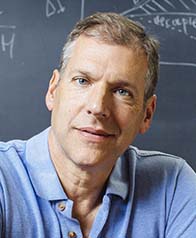How do we bring together new technologies with best policy practices to help electrify the developing world?
Signatories to the Paris climate accord committed to ambitious emissions-cutting goals. Success for any and all will require some very heavy lifting. The goal requires integrating advances in renewable energy and storage, smart energy systems and on-going fossil fuel use. Working with state regulators, Dan Kammen’s Berkeley research group has mapped a rigorous step-by-step pathway for California to reach its own emission goal. His research has revealed the need for a dramatic shift to electricity and away from both fossil and biofuels. Meanwhile, 1.3 billion people – 15 percent of the world population – still lack electricity, and their growing demand for it would raise – not lower – global temperatures. The solution, Kammen says, must be local. His group leads a field test to measure the environmental benefits and energy savings of widespread use of cleaner, more efficient cook stoves. In East Africa, novel pay-as-you-go small, solar devices are powering the fastest sustainable increase in energy access in the world. Kammen sees great promise in these efforts to bring together new technologies with best practices to electrify those who don’t have power and to “green it” for everybody else.
 Dan Kammen
Dan Kammen
Dan directs research programs on energy supply, transmission, smart grid and low-carbon energy systems, life-cycle impacts of transportation options including electrified vehicles and land-use planning, and on energy for community development in Africa, Asia, and Latin America. He has served the State of California and US federal government in expert and advisory capacities. He’s appeared on 60 Minutes, Nova, Frontline, and hosted the six-part Discovery Channel series Ecopolis. Read more.
